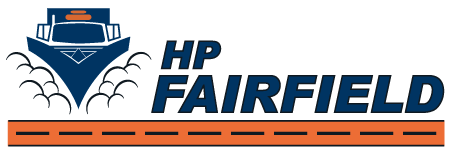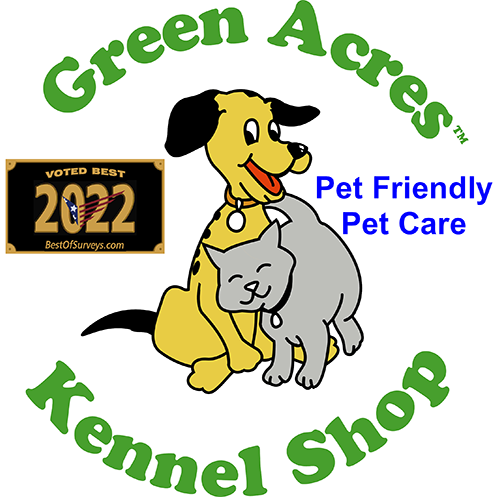6 Questions to Ask When Writing Product Descriptions

In recent years, online shopping has become quite popular. If you sell products online, you need to create product descriptions that are helpful to the consumer and relevant to the product. It may seem like a daunting task, writing these descriptions is a lot easier than you may think.
Here are six questions to ask when writing product descriptions:
1. Who is the product intended for?
Like any content you create, your product descriptions are intended for your current and potential customers. That said, you should consider who you’re selling this product to and write in a way they can relate to.
To help you do this, create a buyer persona or fictional representation of your ideal customer. Information to consider when creating this persona and any content based on it includes the customer’s age, gender, location, and other personal attributes.
If you own a toy store, your ideal customer would be a parent with young children. A buyer persona for this customer could represent a young parent with a toddler looking for developmentally appropriate toys. You could use this information to inform your content.
2. What is some basic information about the product?
While your product description content should be compelling to readers, it also needs to include basic information about the product. Though you should include photos of the product, a written description can provide more information about it than an image. This information includes cost, color, measurements, and other physical features.
This information should be as accurate as possible, especially when it comes to larger items like furniture. A consumer looking to purchase a new bed frame needs to know if their full-sized mattress can fit on it. Along with the measurements of the bed frame, you may want to include the size of the mattress that it accommodates.
3. When should you use the product?
If you sell seasonal items, like sporting equipment, you should consider describing when the product should be used. A customer may have special instructions to follow to transition the item between seasons that should be included in the description.
For example, an outdoor above-ground swimming pool shouldn’t be used in the winter to avoid damage. However, it can be used in the warmer months and may have special procedures to take it down during the winter.
4. Where should you use the product?
You may have seen on the packaging of certain products that they are to be used indoors or outdoors only. If that is the case with your product, you should include that information in your product description.
If you sell paint, for example, you want to indicate if the paint can be used indoors or outdoors. You should also note the types of materials that can be used to paint. That way, customers know how to use the product correctly.
5. Why should the consumer purchase this product?
When shopping, most people want to know how an item can benefit them. This is why it’s important to include the benefits of your product in the description. Imagine the customer’s pain points and why they’d seek out your product. Then, answer that concern.
Going back to the toy store example, a parent may be seeking a game that will improve their child’s reading skills. You could share some attributes of the game that will do that while the child plays the game.
6. How does the product work?
If you’re selling more complex products, you’ll want to include instructions on how to use or assemble them. Furniture, for example, usually has assembly instructions included in the product description.
If it would be beneficial to the consumer, you may even want to include a video or images that show how the product is used or assembled. That way, the customer has multiple options to learn how to use or assemble the product.
Links Web Design is a content marketing agency in Bangor, ME, and Fruitland Park, FL.
![]()









